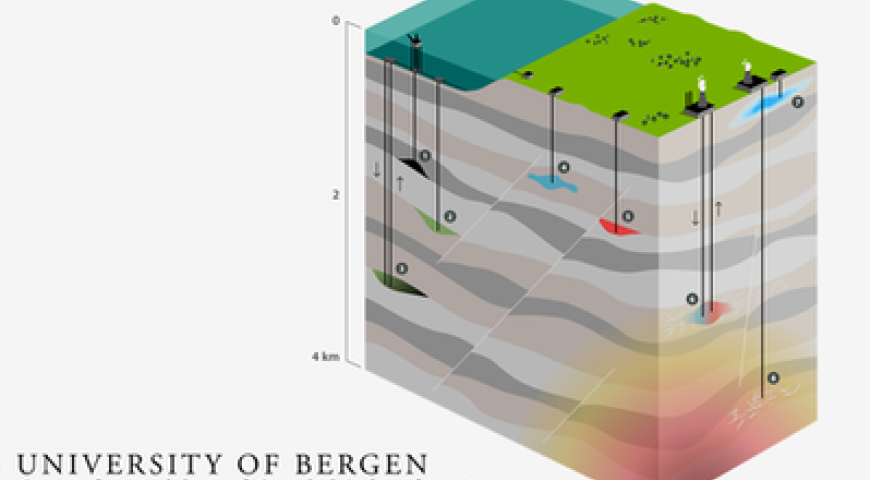
The VISTA Center for Modeling of Coupled Subsurface Dynamics (CSD) has received its first report from its Scientific Advisory Board (SAB). The report offers both praise and constructive guidance for VISTA CSD's ambitious journey ahead.
“In general, the scientific advisory board is very much convinced that the project is on an excellent track and has already achieved great success in the first half of the funding period.”
- Scientific Advisory Board Report of the VISTA Center for Modeling of Coupled Subsurface Dynamics (CSD)
The report explored facets of research quality, interdisciplinary, international cooperation, external funding, and the nurturing of early career researchers, among other aspects.
“ [The report] shows that CSD is on the right track, and confirms the good impression the board already has.”
- The VISTA CSD board
VISTA CSD
VISTA CSD is a research center that aims to develop fundamental knowledge and educate next generation researchers to understand how subsurface fluid injection and extraction results in deformation, fault reactivation and fracturing.
Highlights from the report
The SAB's evaluation highlighted several areas where VISTA CSD excels. The center's research output, characterized by high-quality, peer-reviewed publications—many of which originate from the innovative work of its PhD students—demonstrates significant progress in tackling the complexities of subsurface dynamics.
This success is further amplified by the center's dedication to fostering an interdisciplinary environment, bringing together experts from various fields to address the complex nature of subsurface dynamics challenges.
International collaboration is another cornerstone of VISTA CSD's approach. By partnering with world-renowned scientists and industry leaders, the center has not only elevated its global standing but also enriched the educational experiences of its doctoral students. These collaborations facilitate valuable exchanges and joint publications, expanding the center's impact and reach.
Financial sustainability, crucial to any research endeavor, is another area highlighted by the SAB. The center's skill in securing external funding—amounting to 200% of its direct project funding—underscores its competitiveness for both basic and applied research funding and its capacity to maintain a vibrant, interdisciplinary research community.
The training of early-career researchers at VISTA CSD is especially noteworthy. The SAB praised the quality of research and presentations by doctoral students, reflecting the center's comprehensive training approach. This approach not only covers scientific methodologies but also soft skills and effective communication, preparing the next generation of scientists for the challenges and opportunities that lie ahead.
Forward-looking recommendations
While praising VISTA CSD's achievements, the SAB also provided pathways for further enhancement.
The SAB suggested that:
- Utilizing high-performance computing resources for simulation tasks is recommended to streamline and enhance research outcomes
- Increasing interactions between subprojects could foster a more dynamic exchange of ideas and methodologies
- Enhancing public communication about the center's contributions to sustainable development could further amplify its impact
Conclusion
With a blend of achievements and forward-looking recommendations, the advisory board remains optimistic about VISTA CSD's trajectory. As the center embarks on the latter half of its mission, strategic enhancements in collaboration, communication, and technology utilization are set to solidify its standing as a frontrunner in subsurface dynamics research. The journey ahead promises not only continued excellence but also a deeper understanding of the secrets beneath our feet, ensuring VISTA CSD's pivotal role in shaping a sustainable future.